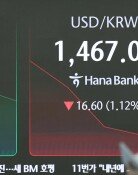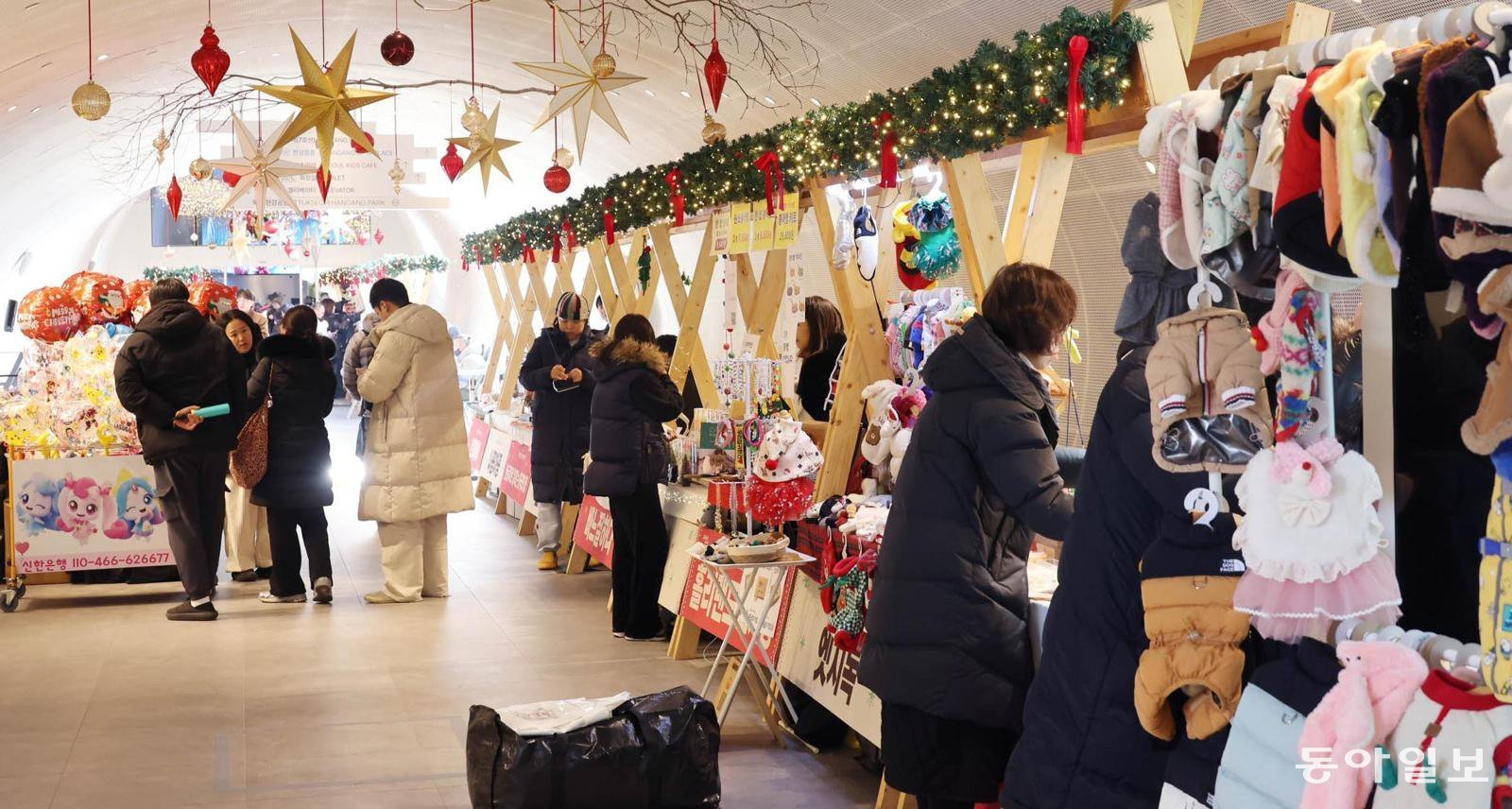Unfrozen Alaska pollack from Japan
Unfrozen Alaska pollack from Japan
Posted March. 31, 2011 10:58,
"Saengtae" means unfrozen Alaska pollack in Korean. There are many ways to eat this type of fish. Frozen Alaska pollack is called "dongtae" and dried Alaska pollack is dubbed "geontae" in Korea. Geontae is also classified into "bukeo," or dried anytime in a year, and "hwangtae (yellow Alaska pollack)," which is dried through the course of freezing and unfreezing on the East Coast in winter because of its yellowish color. "Kodari" is semi-dried "myeongtae (Alaska pollack)," from which intestines are removed before drying. "Nogari" is dried myeongtae, which is about two to three years old, and usually consumed in the form of dried fish. "Myeongran" is Alaskan pollack eggs and "changran" is the fishs intestines. Both are often salted and fermented to make "myeongran-jeot" and "changran-jeot."
Myeongtae is a fish species Koreans particularly enjoy more than other people in the world. Myeongtae is originally a Korean rather than Chinese term. Japanese use the words "myeongtae sketodara" or "skesodara," but they also call it "mentai" in adopting the Korean term myeongtae. Japan has no "saengtae-tang (broth)," "dongtae-jeon (pancake)," or "bukeo-guk (soup)." They only use Alaska pollack as a raw material for fish balls. In the West, myeongtae is often classified in the codfish group, but more often called Alaska pollack and distinguished from codfish. Few Westerners consume myeongtae. Codfish is mostly used to make fish and chips, a traditional British favorite, and Alaska pollack is only used as a cheaper alternative. France has a diversity of codfish recipes but no Alaska pollack dishes.
In the past, a large volume of Alaska pollack was caught in the East Sea but the fish has all but disappeared in inshore waters of Korea due to a change in the maritime environment. Myeongtae is now mostly fished in waters near Hokkaido, Japan, the Sea of Okhotsk, and the Bering Sea near Russia. Most myeongtae produce consumed in Korea is imported from Russia or Japan. Dongtae, which is mostly imported from Russia, is caught through pelagic fishery and transported frozen. Saengtae, whose quality is determined by a short transport period, are caught in inshore waters and transported frozen. Hence 100 percent of this fish consumed in Korea is imported from Japan.
Sales of unfrozen Alaska pollack have reportedly plummeted at Seoul`s Garak and Noryangjin fisheries markets due to fears over radioactive contamination resulting from Japan`s nuclear crisis. Cutlass fish and mackerel are also imported from Japan, but unlike these species, Korea has no other countries to import Alaska pollack from. If this trend continues, restaurants selling saengtae-tang will end up folding. Koreans regret the disappearance of unfrozen Alaska pollack produced domestically, and even imported Alaska pollack is feared to become a rarity.
Editorial Writer Song Pyeong-in (pisong@donga.com)




![“이 과일은 씨 먹으면 안돼요”…체내서 독성물질 내뿜는다[알쓸톡]](https://dimg.donga.com/c/138/175/90/1/wps/NEWS/IMAGE/2025/12/23/133023688.3.png)


